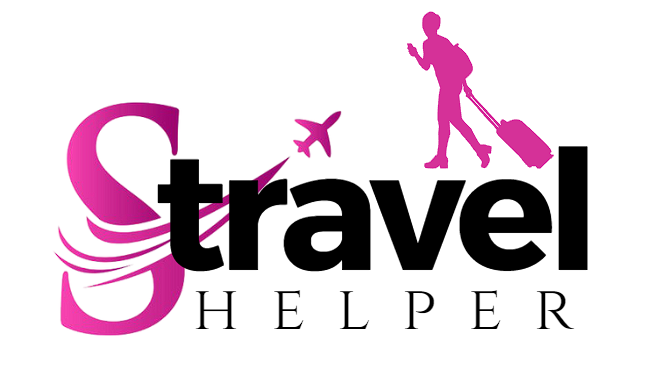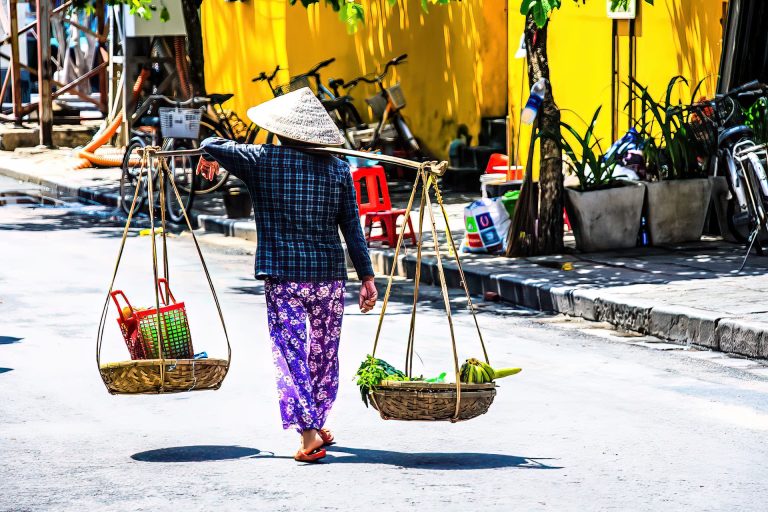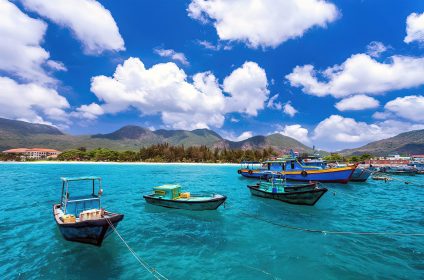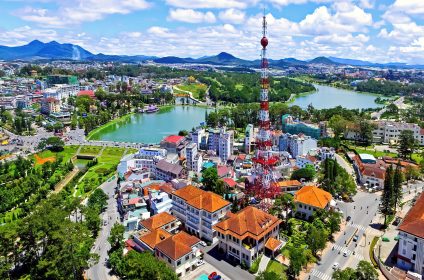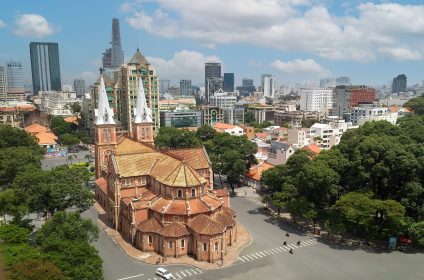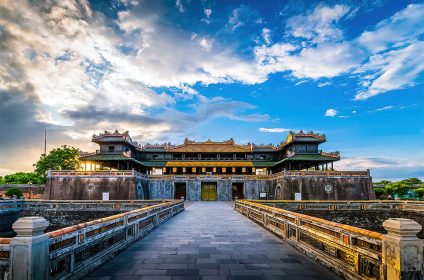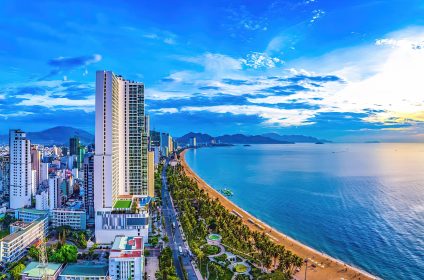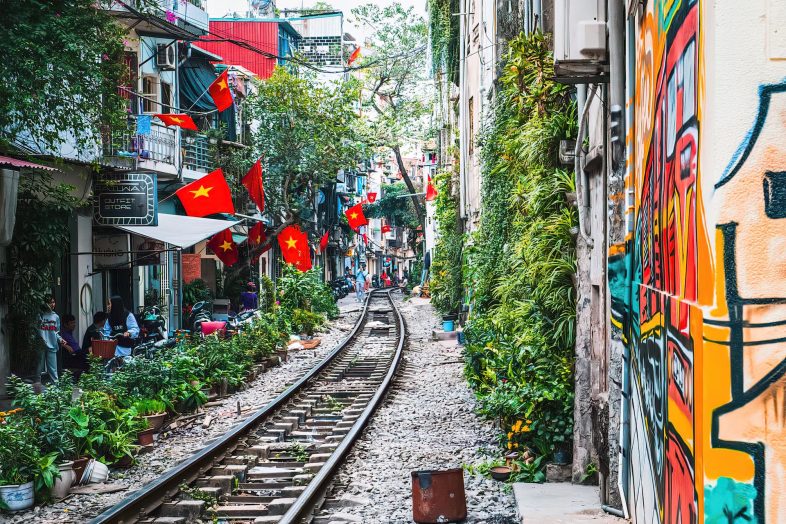
How To Travel To Vietnam
Vietnam has 22 airports. Eleven of these are domestic and the other eleven international. Noi Bai International Airport in Hanoi (HAN), Tan Son Nhat International Airport in Ho Chi Minh City (SGN), and Da Nang International Airport in Danang are the three main gateways (DAD).
The departures for all flights take place at Noi Bai (Hanoi) and Tan Son Nhat(CMC – Ho Chi Minh City). Flights to other countries will be resumed from Phu Quoc, Da Nang, Van Don (Quang Ninh or Ha Long Bay) and Cam Ranh (Khanh Hoa or Nha Trang) airports.
At present no routes are possible without taking a plane through Hanoi, Ho Chi Minh City, or Danang, which can be located at Nha Trang or Phu Quoc.
All flights will be based on Noi Bai airport of Hanoi and Tan Son Nhat airport of Ho Chi Minh City. Because the epidemic situation has been managed, all flights again operate, much as others like Phu Quoc, Da Nang, Van Don(Quang Ninh/Ha Long Bay) APTs and Cam Ranh(Khanh Hoa/Nha Trang) APTs also reopened thereby permitting entry of foreign flights into Vietnam.
In addition to this foreign flights can land at international airports in Vietnam before going to other regions using domestic terminal.
There are new routes every day opening between China, Laos and Cambodia thus making it easy to reach Vietnam from neighboring countries. Visitors entering Vietnam by road should have their visas ready beforehand since Visas on Arrival do not apply at land crossings within the country
Get In - By Plane
The main international airports in Vietnam are Hanoi and Ho Chi Mihn City. They both have many flights from various major eastern and south-eastern Asian cities and some intercontinental connections with Europe, Australia, the USA.
Other international airports are located in Da Nang, Vinh, Nha Trang, and Phu Quoc; however, there is limited number of flights from most neighboring Asian countries. Though it also serves as a gateway to Central Vietnam’s historical places being nearer than the two main airports, Da Nang is different for visitors who want to see these attractions only.
From different Australian towns, Asia and Europe are where Vietnam Airlines –the nation’s carrier- can be found flying into the country.
Get In - By Train
China’s Nanning and Beijing are directly connected with Hanoi by international trains. However, the daily Chinese train (T871/MR2) from Nanning to Hanoi will cost you four hours but it keeps running through this place, even though which takes almost three hours.
The Kunming-Hanoi line has been closed since 2011 due to land-sliding that took place in 2002. Neither Cambodia nor Laos have railway connections.
Get In - By Road
On the Ho Chi Minh City – Phnom Penh road, the main crossing is Moc Bai/Bavet. The fare between the two cities by bus ranges from $8 to $12 and takes an average of six hours. Both countries have checkpoints where passengers disembark. Only a passport photo is needed for a Cambodian visa on arrival. To travel more meaningfully between these two cities, one may want to consider excursions to Mekong Delta (USD 25-35, 2-3 days).
Similarly, it can be cheaper to buy a ticket to Phnom Penh and then sort out transport with one of the many buses that connect instead of purchasing direct tickets to Siem Reap (USD 18).
Just along the coast lies Xa Xia/Prek Chak border. One can get visas for Cambodia at their point of entry into the country. Buses are available that go from Ha Tien in Vietnam to Sihanoukville and Phnom Penh in Cambodia as well. Every day in Sihanoukville you could obtain a 30-day tourist visa at the Vietnamese Consulate.
Coastal locations are also served through Tinh Bien/Phnom Den at Chau Doc town in Vietnam.
The Xa Mat/Trapeang Phlong passage on the Ho Chi Minh City – Kampong Cham road does not enjoy good public transport facilities but it may help when you want reach Kampong Cham and eastern Cambodia.
Banlung in northeast Cambodia links Pleiku, Vietnam via Le Tanh/O Yadaw passage. Visas can be got upon arrival accompanied with a photo required. Change bus at Le Tanh.
From China
There are three border crossings between China and Vietnam that can be used by foreigners:
- Dongxing – Mong Cai (by road; continue journey from Mong Cai to Ha Long by sea or road).
- Hekou – Lao Cai (by road and/or rail, but not international passenger train services)
- Youyi Guan – Huu Nghi Quan (Passage of Friendship – by road and/or rail)
From China
There are six border posts between Laos and Vietnam that can be used by foreigners (from north to south):
- Tay Trang (Dien Bien Province, Vietnam) – Sobboun (Phongsali Province, Laos)
- Na Mao (Thanh Hoa Province, Vietnam) – Namsoi (Houaphanh Province, Laos)
- Nam Can (Vietnam) – Namkan (Xiangkhouang Province, Laos)
- Kaew Neua – Cau Treo (Keo Nua Pass)
- Lao Bao (Vietnam) – Dansavan (Laos)
- Ngoc Hoi (Kon Tum Province, Vietnam) – Bo Y (Attapeu Province, Laos)
Be warned of the connecting indigenous buses of Laos and Vietnam. It is common to find them overcrowded with merchandise (a case in point being coal or live chicks) and most leave at the night hours stopping for several hours to wait for the opening of the border at 7am. These buses which take passengers from there can be stopped by local people on their way who will spend hours trying to get a visa from Laos, and they will charge you about five dollars each when you have no other means out than paying that money ($5). When you strike hard bargains (when it’s already exhausting at 4 o’clock), this fare can be reduced by approximately two US dollars. This can make some men anxious especially when it involves surrendering your passport but they do as promised. You cannot be sure that customs officers will wait for this to happen too. Another bus is VIP bus from Savannakhet.

